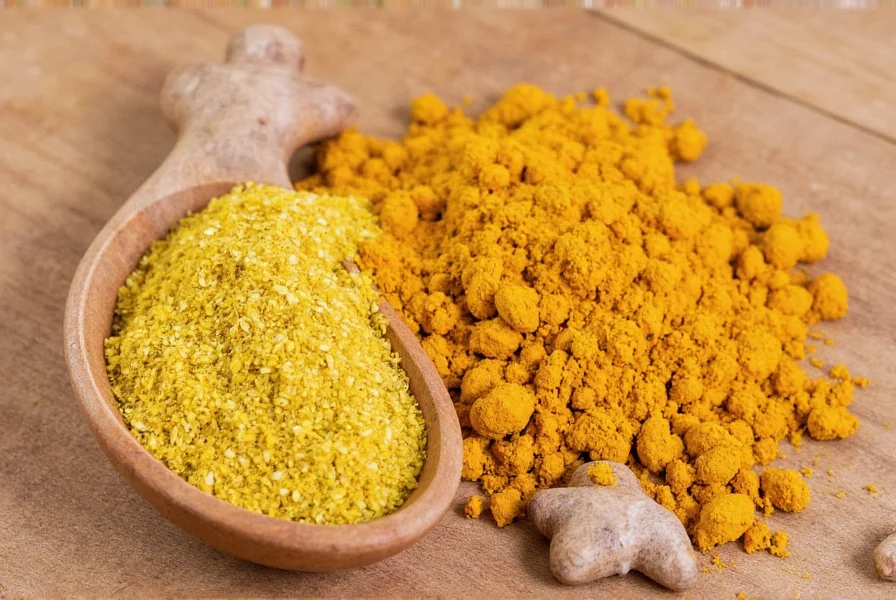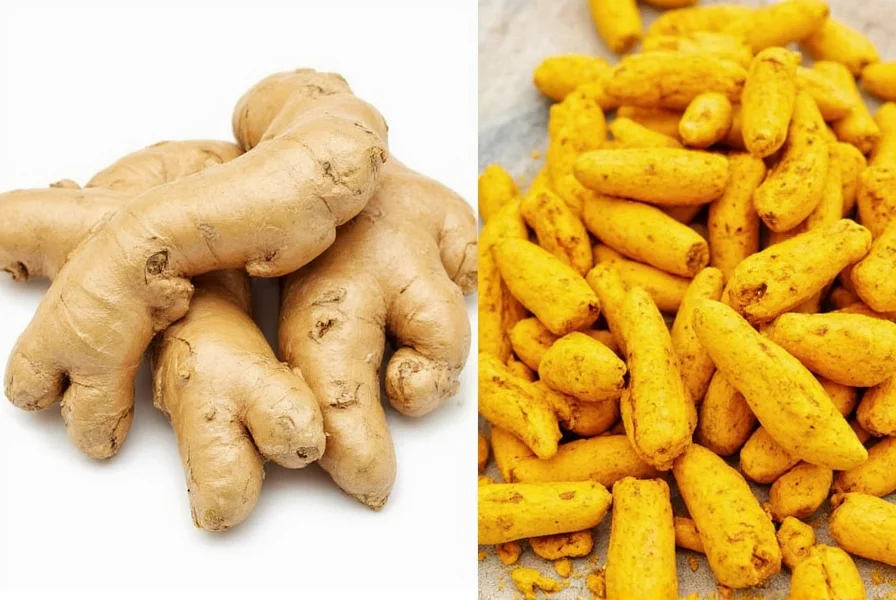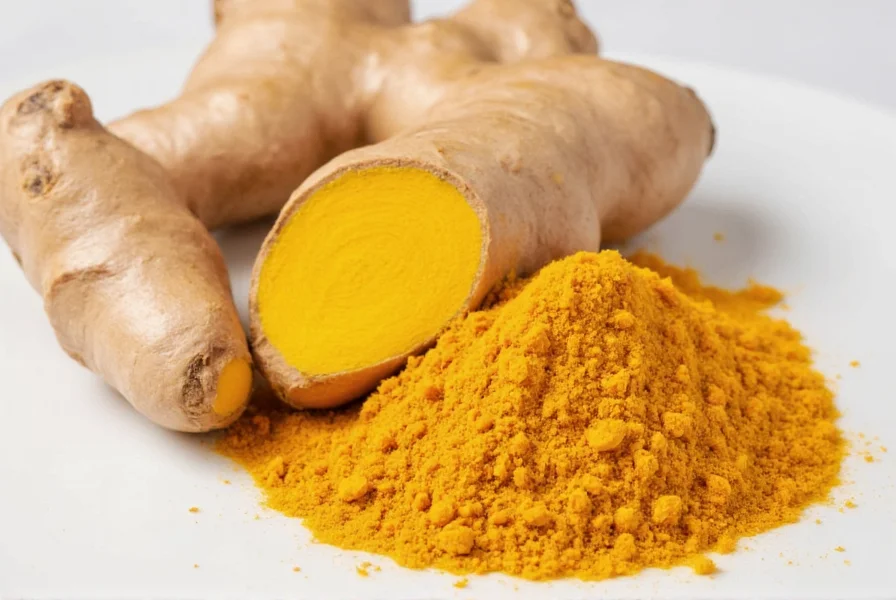For centuries, traditional medicine systems have harnessed the therapeutic potential of ginger and turmeric. Modern science now validates many of these ancient uses, revealing how these botanicals work at the molecular level to support human health. The combination of ginger and turmeric creates a potent natural remedy that addresses multiple health concerns simultaneously, particularly chronic inflammation - the root cause of many modern diseases.
The Science Behind Ginger's Therapeutic Properties
Ginger (Zingiber officinale) contains over 400 distinct chemical compounds, with gingerols being the most biologically active. These compounds give ginger its characteristic pungency and therapeutic effects. Research published in the Journal of Medicinal Food demonstrates that gingerols inhibit inflammatory pathways by suppressing cytokines and enzymes like COX-2 and 5-LOX, similar to how non-steroidal anti-inflammatory drugs (NSAIDs) work but without the gastrointestinal side effects.
One clinical trial involving 261 osteoarthritis patients found that those taking 500-1,000 mg of ginger extract daily experienced significant reductions in pain and stiffness compared to placebo. Ginger's effectiveness for nausea relief is equally impressive, with multiple studies confirming its ability to reduce pregnancy-related nausea, chemotherapy-induced vomiting, and motion sickness.

Turmeric: More Than Just a Golden Spice
Turmeric (Curcuma longa) contains curcuminoids, with curcumin being the most studied compound. This polyphenol gives turmeric its vibrant yellow color and potent biological activities. However, curcumin has notoriously poor bioavailability on its own - only about 1% gets absorbed into the bloodstream.
The solution? Combine turmeric with black pepper. Piperine, the active compound in black pepper, increases curcumin absorption by up to 2,000%. This is why traditional Ayurvedic preparations always include black pepper with turmeric. Research in the American Journal of Pathology shows curcumin modulates over 700 different molecular targets, making it one of nature's most versatile compounds for supporting cellular health.
Comparative Analysis of Key Properties
| Property | Ginger | Turmeric |
|---|---|---|
| Primary Active Compound | Gingerols (60%) | Curcumin (2-8%) |
| Bioavailability Enhancement | Fat increases absorption | Piperine (black pepper) required |
| Key Research-Backed Benefit | Nausea relief (80% effectiveness) | Chronic inflammation reduction |
| Optimal Daily Dose | 1-3g fresh or 250-500mg extract | 500-2,000mg with piperine |
| Time to Notice Effects | Immediate (nausea) | 2-4 weeks (inflammation) |
Synergistic Effects: Why Ginger and Turmeric Work Better Together
When combined, ginger and turmeric create a powerful anti-inflammatory duo that works through complementary mechanisms. While ginger primarily targets prostaglandin pathways, turmeric affects multiple inflammatory cytokines simultaneously. A 2020 study in Phytotherapy Research found that this combination significantly reduced inflammatory markers like CRP and IL-6 more effectively than either compound alone.
The digestive synergy is equally impressive. Ginger stimulates digestive enzymes and gastric motility, while turmeric supports bile production and liver function. This dual action makes the ginger-turmeric combination particularly effective for digestive disorders like irritable bowel syndrome (IBS) and inflammatory bowel disease (IBD).
Practical Applications for Daily Health
Incorporating both ginger and turmeric into your daily routine doesn't require complicated preparations. For maximum benefit, consider these evidence-based approaches:
- Golden Milk Variation: Combine 1 tsp turmeric powder, 1/2 inch fresh ginger, 1/4 tsp black pepper, and 1 cup unsweetened almond milk. Heat gently without boiling.
- Anti-Inflammatory Shot: Blend 1 inch fresh ginger, 1/2 inch fresh turmeric, juice of 1/2 lemon, and 1 tsp honey. Consume immediately for maximum potency.
- Culinary Integration: Add both to soups, stews, and roasted vegetables. The fat content in these dishes enhances absorption of the active compounds.
For those seeking the health benefits of ginger and turmeric without daily preparation, standardized extracts provide consistent dosing. Look for ginger extracts containing 5% gingerols and turmeric extracts with 95% curcuminoids plus piperine. The optimal timing for consumption depends on your goals - morning for digestive support, evening for pain management.
Safety Considerations and Interactions
While generally safe, understanding potential interactions is crucial when using ginger and turmeric therapeutically. Both have blood-thinning properties, so they may interact with anticoagulant medications like warfarin. Individuals with gallstones should consult a healthcare provider before using therapeutic doses of turmeric, as it stimulates bile production.
Pregnant women can safely consume ginger in culinary amounts for nausea relief, but should avoid therapeutic doses without medical supervision. Turmeric in food amounts is generally safe during pregnancy, but high-dose supplements are not recommended. Always introduce new supplements gradually to assess individual tolerance.

Quality Matters: Selecting Effective Products
Not all ginger and turmeric products deliver equal benefits. Fresh rhizomes contain the full spectrum of active compounds, while dried powders lose potency over time. When selecting supplements, look for third-party testing verification from organizations like USP or NSF. For turmeric specifically, products containing phospholipids (like Meriva®) or nanoparticles significantly improve bioavailability compared to standard curcumin extracts.
Organic certification matters more for turmeric than ginger, as conventional turmeric often contains lead chromate adulteration to enhance color. Reputable brands will provide certificates of analysis showing heavy metal testing. The best approach combines dietary incorporation with targeted supplementation during periods of increased need.











 浙公网安备
33010002000092号
浙公网安备
33010002000092号 浙B2-20120091-4
浙B2-20120091-4